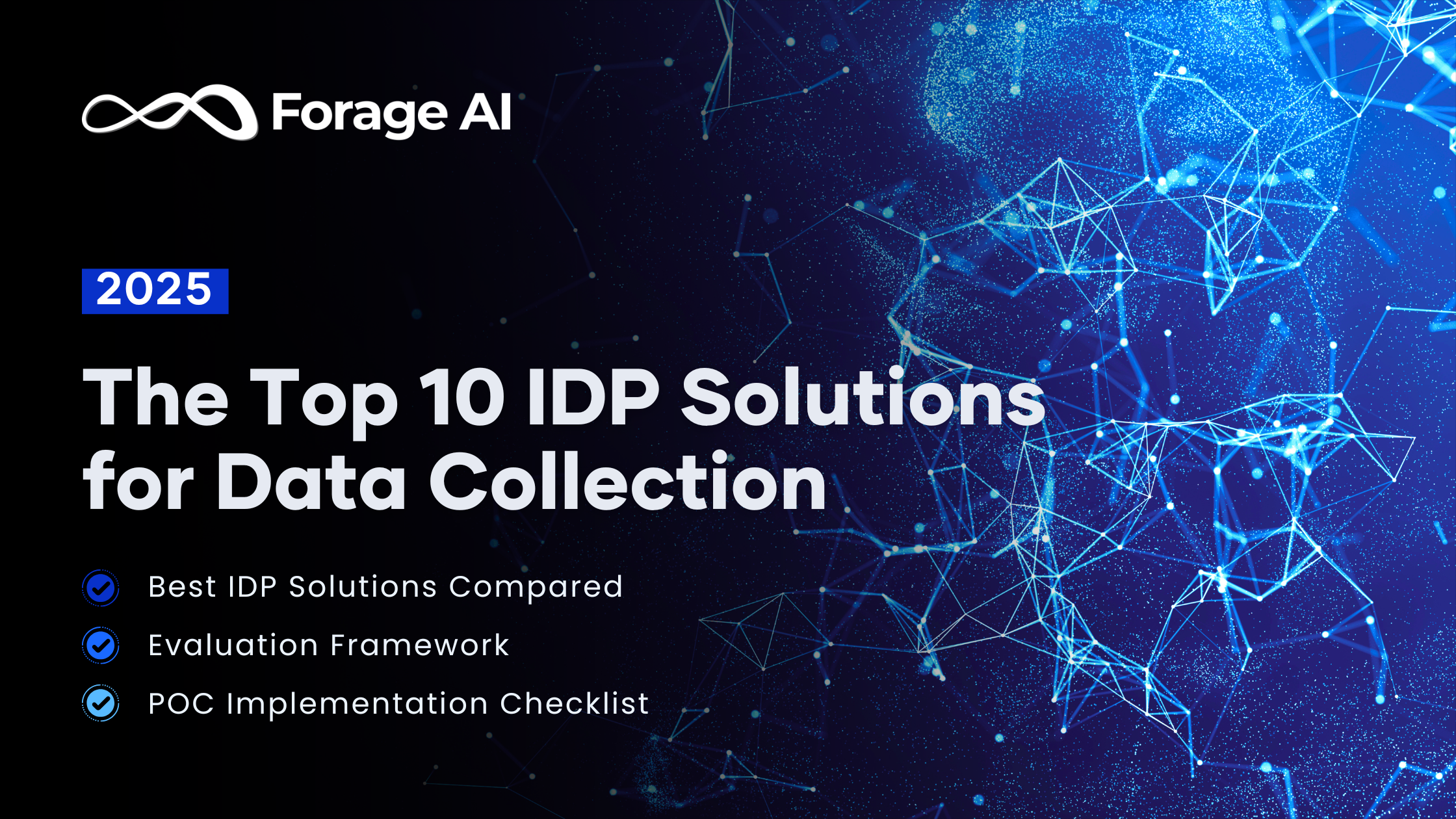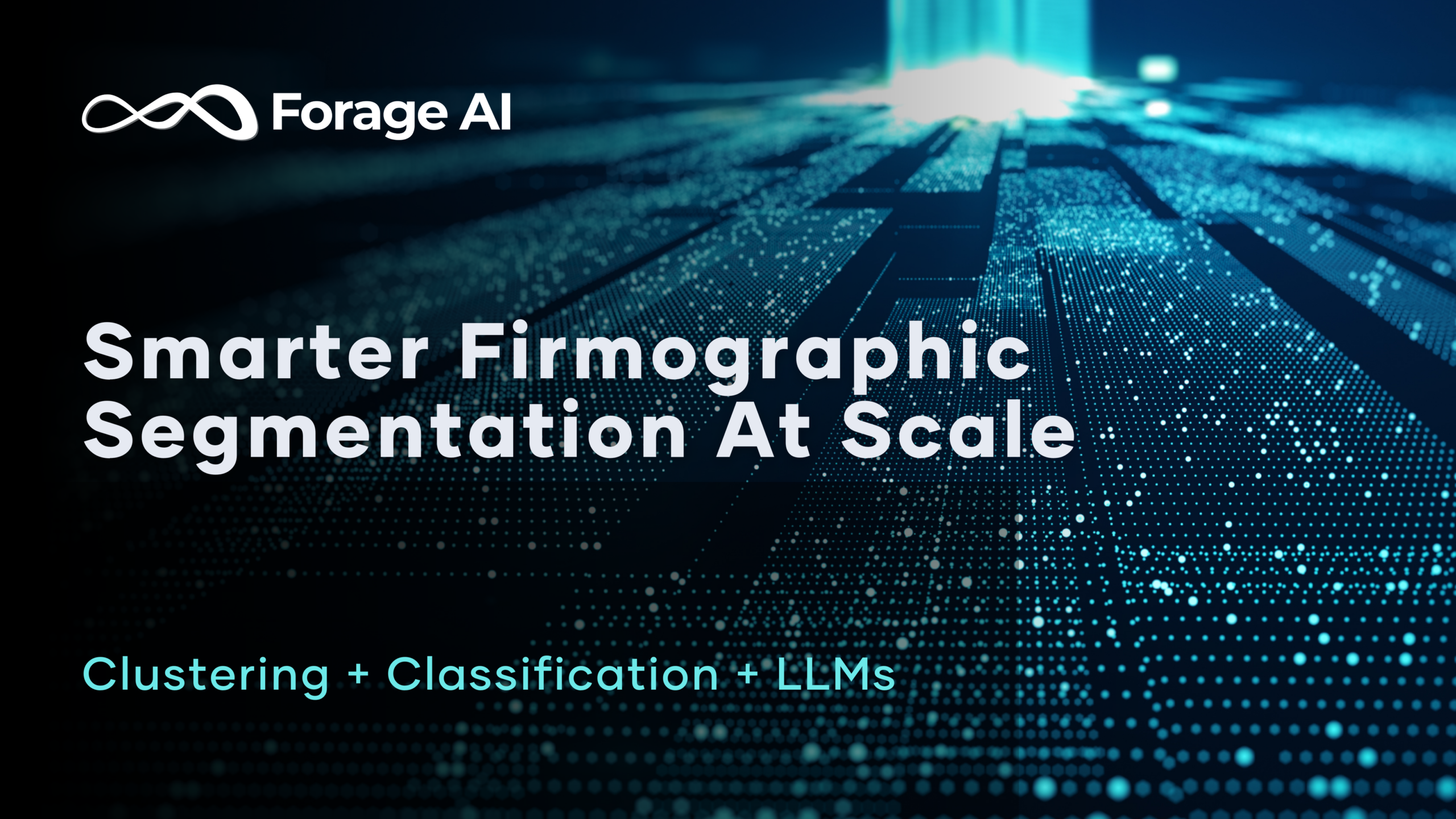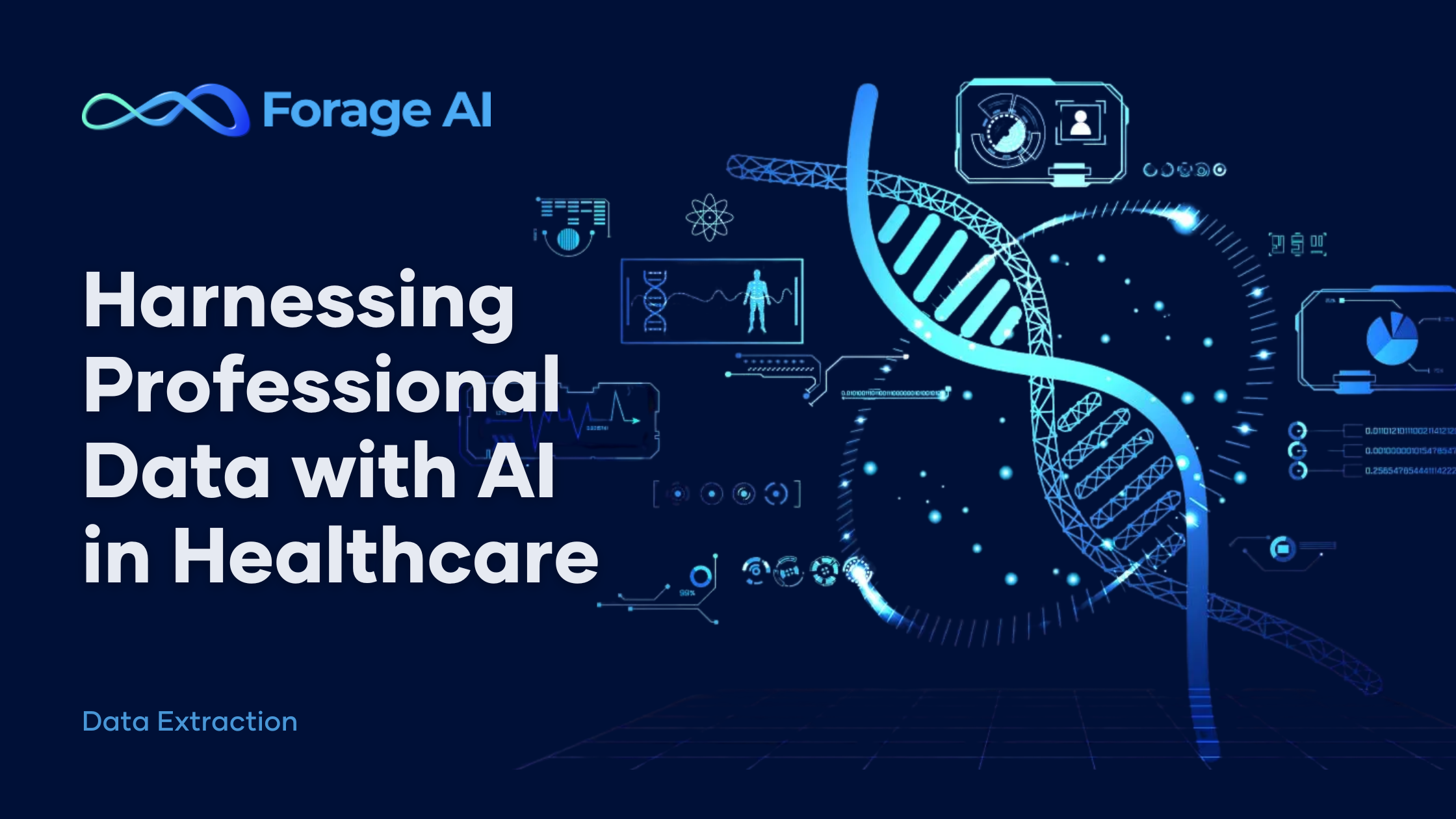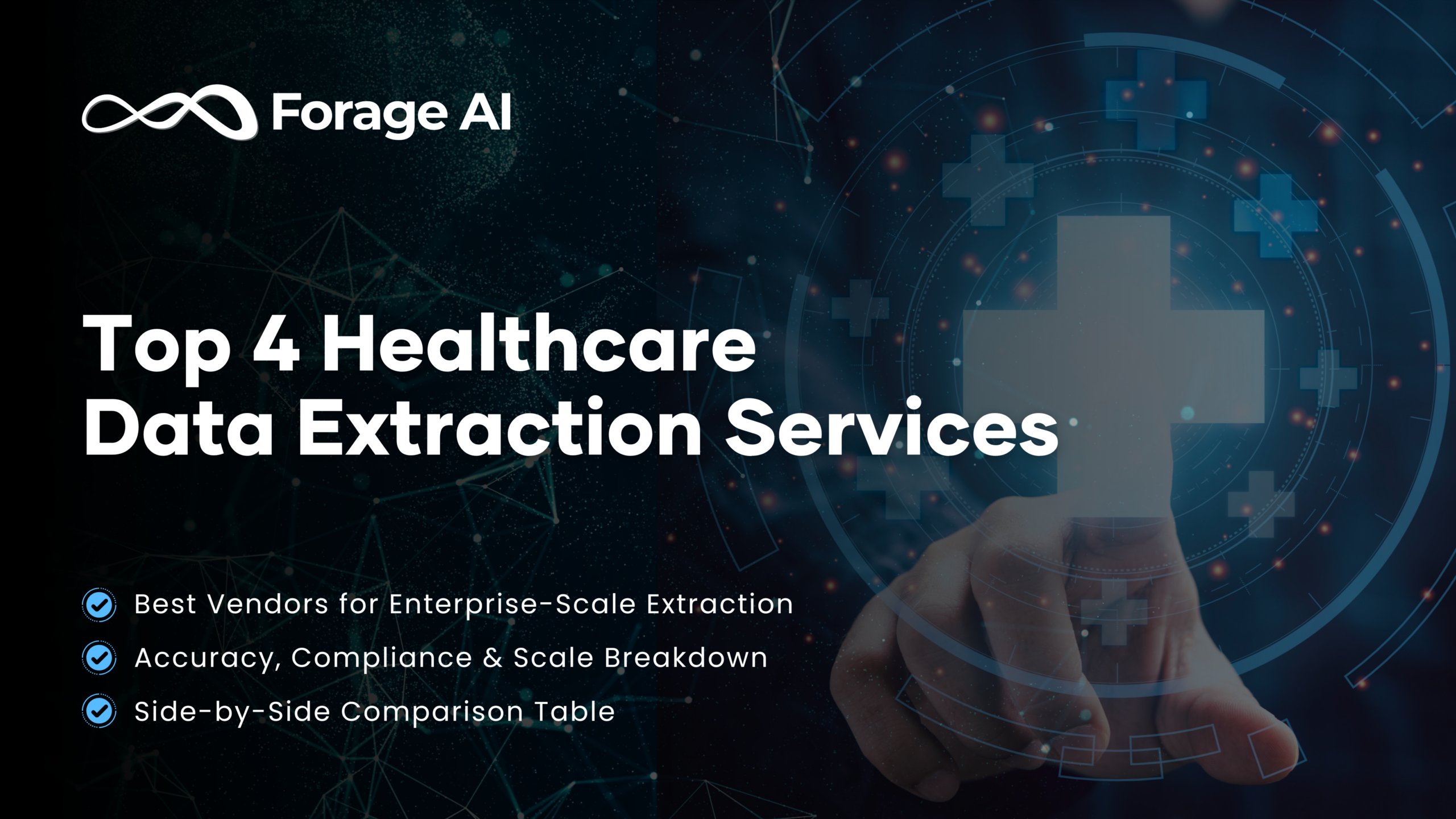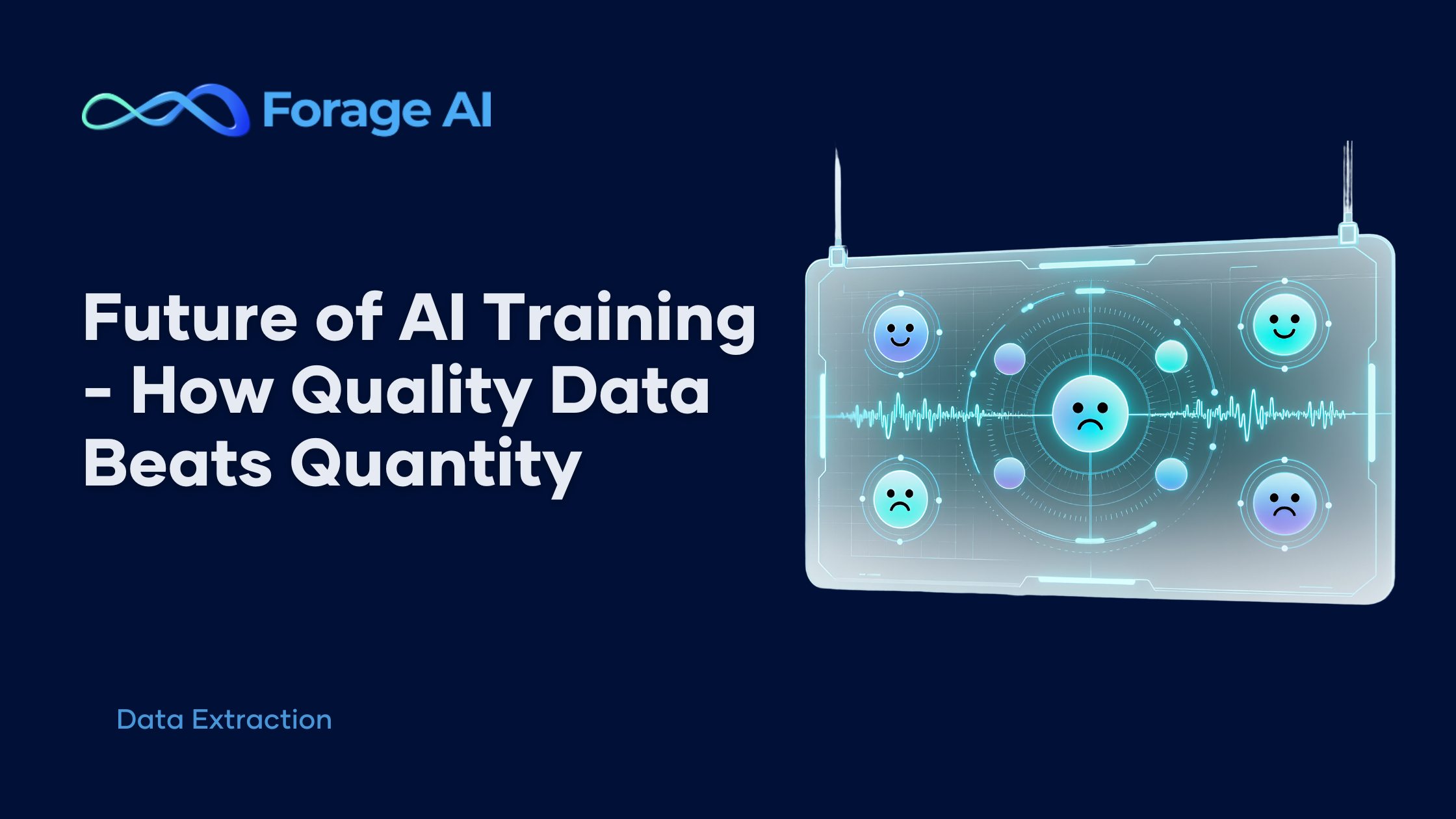Every IDP (Intelligent Document Processing) vendor demos their software with perfect documents. But your real documents aren’t perfect. It is thousands of scanned papers with complex structures, diagrams, and handwritten notes. Contracts in multiple languages. Forms that are half-typed, half-written. Most solutions that look great in demos fail when they meet the documents.
This comparison will save you approximately 3 weeks of vendor evaluation time by answering:
- Which top 10 IDP solutions effectively handle large-scale, complex, unstructured documents with impressive accuracy rates
- Scalability questions – actual processing capabilities and volume limits
- Critical features vendors don’t mention until deep in sales discussions
TLDR: Best IDP Solutions for 2025
For enterprises needing comprehensive data extraction:
- Forage AI – Fully managed IDP services processing millions of documents with over 99% accuracy, built for large-scale custom enterprise projects
- UiPath IXP – Platform solution integrated with RPA ecosystem, 93% accuracy
- ABBYY Vantage – Low-code/no-code platform with pre-built models with strong OCR capabilities
- Microsoft Azure AI – Cloud-native API, trains models with samples, Azure ecosystem integration
- Hyperscience – Up to 99% accuracy through a proprietary model architecture called Hypercell
- AWS IDP – Developer APIs using Textract/Comprehend, require technical orchestration
- Google Document AI – Cloud API with template-free GenAI extraction, minimal training needed
- Rossum – Template-free approach using LLM for transactional documents
- Docsumo – SMB-focused template-based solution with over 95% accuracy
- Docparser – No-code tool with point-and-click setup, basic OCR for simple documents
For enterprises processing millions of complex documents: Forage AI offers the optimal managed service combining the highest accuracy (99%+), massive scale capabilities, with flexible and rapid custom model deployment.
Intelligent Document Processing in 2025
Intelligent Document Processing isn’t just about OCR. Traditional OCR converts images to text—that’s it. Modern IDP solutions understand context, extract relationships, and transform unstructured chaos into queryable intelligence.
Think of the difference this way: OCR reads a contract and gives you text. IDP understands it’s a contract, identifies parties, extracts key terms, flags unusual clauses, and connects it to your existing vendor database. One gives you characters; the other gives you intelligence.
Agentic AI takes it a step further by autonomously validating documents, detecting anomalies, and adapting to new document types. For example, Forage AI’s Unstructured Document Extraction Agent achieves over 5 times the processing speed without requiring manual configuration.
The transformation happens through layered AI. Vision models identify document structure. Language models understand meaning. Knowledge graphs connect entities.
The Reality of Document Processing
Document processing fails when solutions can’t handle real-world complexity. Supplier invoices arrive with mixed languages and handwritten notes. Contracts combine typed text with manual annotations. Medical forms mix printed fields with the doctor’s handwriting. Financial reports span hundreds of pages with nested tables and footnotes.
The real challenges enterprises face daily:
- Mixed document quality (scanned, photographed, faxed, digital)
- Varying formats within the same document type
- Multi-language processing requirements
- Integration with existing data workflows
- Maintaining accuracy at scale
It is important to understand your project requirements, challenges, and pick the solution that works best.
Your Evaluation Framework for IDP Solutions
- Accuracy – Error rates on your actual complex, multi-format documents
- Scale – Volume handling without performance degradation
- Speed – Processing time from document ingestion to usable data
- Flexibility – Ability to handle new document types without retraining
- Support – Technical expertise and optimization assistance
1. Forage AI – The Obvious Enterprise Choice
What Makes It Different
Forage AI operates as a fully managed service for data collection, delivering clean, structured data rather than requiring you to manage extraction tools.
Their advanced data extraction approach, based on LLM and agentic AI with human-in-loop, doesn’t just extract—they understand, validate, and enrich information across documents and web sources, delivering perfect data without any hassles.
Key Capabilities
- Full-service data partner – Takes complete ownership of end-to-end pipeline from ingestion through quality assurance to integration
- Over 99% accuracy guarantee – Delivers ready-to-use “perfect data” through a hands-off service, eliminating manual extraction and verification
- Enterprise-scale processing – Handles thousands of documents simultaneously without degradation, from handwritten medical forms to complex financial statements
- Custom-built solutions – Tailored pipelines for large-scale, complex projects with deep domain expertise for challenges standard platforms can’t solve
- Unified intelligence – Combines document and web data in single workflows—extracting contracts while pulling vendor information, compliance updates, and market insights
- Seamless integration – Maintains custom pipelines, ensures system compatibility, and provides flexible delivery formats so you focus on analysis, not infrastructure
- Expandable data sources – Serves as your single partner for all data needs, incorporating various inputs to deliver comprehensive, enriched datasets managed in one place
Technical Architecture
- Retrieval-Augmented Generation (RAG) – Enables contextual understanding of documents
- Agentic AI – Provides real-time adaptation to new document types as they’re encountered
- LLM-agnostic framework – Offers flexibility to evolve with advancing AI technology
- Rapid custom model training – Completes within hours rather than days or weeks
- Comprehensive technology stack – Includes AI agents, custom deep learning models, OCR, HDR, and advanced LLMs
- Human-In-Loop strategy – Expert oversight ensures accuracy and quality control
- Clean client experience – Users receive validated data in their preferred format without dealing with underlying technical complexity
Best Suited For
- Mid to large enterprises processing complex, varied data sources at scale that need a single partner for all data needs.
- Particularly valuable for financial documents, legal contracts, and regulatory filings where context and enrichment matter as much as raw extraction.
- Ideal for organizations that want to eliminate the overhead of managing extraction technology and focus resources on strategic data use.
2. UiPath IXP – The Automation Platform
UiPath IXP integrates intelligent document processing directly into the broader UiPath automation ecosystem. The platform transforms unstructured content into structured, actionable data that feeds directly into automated workflows.
Key Capabilities
- The inference-first approach eliminates upfront training requirements. The system processes documents immediately and learns from user corrections over time.
- UiPath combines multiple models, including their proprietary DocPath for classification and extraction, plus CommPath for communications mining.
- Integration happens through the UiPath Studio visual designer, where document processing becomes drag-and-drop activities within larger workflows.
- The Document Understanding framework includes specialized activities for classification, extraction, validation, and human review when needed.
- The platform achieves 93% accuracy on standard documents out of the box, improving through continuous learning.
Best Suited For
UiPath brings document processing into its broader automation ecosystem. The inference-first approach means no initial training for unstructured documents—the system learns from corrections. If you’re already using UiPath for RPA, adding IXP creates seamless workflows. Best for organizations already invested in UiPath’s ecosystem.
3. ABBYY Vantage – The OCR Veteran
ABBYY Vantage represents the evolution of decades of OCR expertise into a modern low-code/no-code IDP platform. The solution provides over 150 pre-trained document skills and industry-specific documents. Vantage transforms document-centric processes by combining proven OCR technology with modern AI capabilities.
Key Capabilities
- Vantage operates on a skill-based architecture. Each skill represents trained models for specific document types or extraction tasks. Users combine these skills through a visual designer to create complete document processing workflows.
- The platform’s Content IQ technology analyzes document structure, identifies data relationships, and applies business rules for validation.
- The no-code approach allows business users to design extraction workflows without programming.
- Point-and-click interfaces define extraction zones, set validation rules, and configure output formats.
- For complex requirements, the platform supports custom skill development using transfer learning from existing models.
Best Suited For
The platform processes structured and semi-structured documents with industry-leading accuracy, particularly for printed text. Best suited when document formats are relatively consistent and pre-built models match your requirements. Particularly strong for companies needing proven technology with support and established vendor relationships.
4. Microsoft Azure AI Document Intelligence
Azure AI Document Intelligence (formerly Form Recognizer) provides cloud-native document processing capabilities integrated with Microsoft’s broader AI and cloud ecosystem. The service extracts text, key-value pairs, tables, and structures from documents using pre-built models or custom training.
Key Capabilities
- The service operates through REST APIs and SDKs, making it accessible to developers across platforms.
- Pre-built models handle common documents immediately—invoices, receipts, IDs, business cards.
- Custom models train with as few as five sample documents using the Studio interface or programmatically through APIs.
- Layout API analyzes document structure without training, extracting text, tables, selection marks, and document hierarchy.
- The Read API handles printed and handwritten text extraction across multiple languages.
Best Suited For
Perfect for development teams building custom applications that need embedded document processing. Works best when you need flexible APIs rather than complete platforms, allowing precise control over the extraction pipeline.
5. Hyperscience
Hyperscience specializes in high-accuracy document processing through its proprietary Hypercell architecture and human-in-the-loop (HITL) workflows. The platform excels at handling structured forms, semi-structured documents, and notably, handwritten text with up to 99% accuracy.
Key Capabilities
- The Hypercell architecture breaks documents into small processing units, applying specialized models to each cell for maximum accuracy.
- Machine learning models handle initial extraction, flagging low-confidence results for human review.
- The HITL interface presents uncertain fields to human validators, who correct errors and simultaneously train the system.
- Configuration happens through a visual flow designer where users define document types, extraction fields, and validation rules.
- The platform includes pre-built flows for common documents but emphasizes customization for organization-specific requirements.
- Smart routing automatically directs documents to appropriate workflows based on classification.
Best Suited For
Best suited for processing documents with significant handwritten content or when regulatory compliance is required.
6. AWS – Intelligent Document Processing
AWS IDP combines multiple services—Amazon Textract, Comprehend, Augmented AI (A2I), and Bedrock—to create comprehensive document processing pipelines. Rather than a single product, AWS provides building blocks that developers assemble into custom solutions.
Key Capabilities
- Amazon Textract forms the foundation, extracting text, forms, and tables from documents.
- Textract’s AnalyzeDocument API identifies key-value pairs and table structures without training.
- For specialized documents, custom queries extract specific information using natural language questions.
- Amazon Comprehend adds intelligence through entity recognition, sentiment analysis, and custom classification.
- Bedrock introduces generative AI capabilities for summarization and intelligent extraction.
- A2I provides human review workflows when confidence thresholds aren’t met.
Best Suited For
Ideal for organizations with strong technical teams comfortable building custom solutions. Best when requirements don’t fit pre-packaged platforms or when you need specific AWS service integration.
7. Google Document AI
Google Document AI delivers enterprise document understanding through the Google Cloud Platform. The service combines computer vision and natural language processing to extract, classify, and enrich document data.
Key Capabilities
- The platform operates through processors—specialized models for different document types or tasks.
- General processors handle any document without training, extracting text, entities, and sentiment.
- Specialized processors target specific documents like invoices, receipts, or contracts with pre-trained understanding.
- Custom Document Extractor, powered by generative AI, learns from just a few examples. Users provide sample documents and highlight fields of interest.
- The system generalizes from these examples, handling variations without explicit rules.
This eliminates the template-per-layout problem plaguing traditional solutions.
Best Suited For
Optimal for development teams and businesses within the Google Cloud ecosystem that are building custom applications and need flexible, API-driven document processing with minimal training.
8. Rossum
Purpose-built for transactional documents. Their deep learning eliminates manual template configuration, and the system understands document structure automatically.
Key Capabilities
- Rossum’s cognitive intelligence learns document layouts without templates or rules. Upload a document, and the system immediately identifies and extracts relevant fields.
- The AI understands common transactional document concepts—line items, totals, tax calculations, and applies this knowledge to new formats automatically.
- The platform includes built-in validation using both AI and business rules. Automatic three-way matching compares extracted data against purchase orders and receipts.
- Confidence scoring highlights fields requiring review, presenting them through an optimized validation interface that minimizes cognitive load.
Best Suited For
Ideal when transactional document processing is your primary need.
9. Docsumo
Docsumo provides accessible, intelligent document processing tailored for small and medium businesses. The platform offers pre-built APIs for common industry documents while maintaining flexibility for custom requirements.
Key Capabilities
- Users start by selecting document types from Docsumo’s library or creating custom types.
- The platform provides pre-trained models for different documents and forms.
- For custom documents, the interface guides users through defining extraction fields and validation rules.
- Template-based extraction provides control and predictability.
- Users define extraction zones, data types, and validation rules through a visual editor.
- The platform suggests field locations based on uploaded samples, accelerating configuration. Post-processing rules handle calculations, transformations, and data enrichment.
Best Suited For
Ideal for small and medium-sized businesses that process moderate volumes of industry-standard documents.
10. Docparser
Docparser offers straightforward, no-code document data extraction for businesses needing basic parsing capabilities. The platform focuses on simplicity over advanced features, providing reliable extraction for structured documents through an intuitive interface.
Key Capabilities
- Setup follows a guided three-step process: import documents, create parsing rules, and export data.
- The visual rule builder uses point-and-click selection to identify extraction zones.
- Users highlight areas on sample documents, and Docparser creates rules to extract corresponding data from similar documents.
- Zonal OCR technology reliably extracts text from consistent locations.
- The platform handles PDFs, scanned images, and even email attachments automatically.
- Parsing rules include basic transformations, removing characters, splitting text, and formatting dates, sufficient for most simple extraction needs.
Best Suited For
Perfect for small businesses or departments with basic document parsing needs. Best for structured documents with consistent layouts. Ideal when simplicity and ease of use outweigh advanced features. Not suitable for complex documents, high volumes, or scenarios requiring intelligent understanding.
Direct Comparison of Top IDP Solutions
| Feature | Forage AI | UiPath | ABBYY | Others |
|---|---|---|---|---|
| Accuracy (Complex Docs) | ~99%+ | ~93% | ~90% | ~80-95% |
| Document Volume Capacity (Scale) | Very highly scalable | Scalable, but depends on the setup. | Highly scalable | Varies |
| Custom Model | Fully custom and purpose-built with in-house industry-specific libraries | Platform-based | Template-based | Varies |
| Web + Document Data | Yes | No | No | No |
| Handwritten Text | Yes | Limited | Yes | Varies |
| Multi-language Support | Yes | Yes | Yes | Limited |
| Unstructured Documents | Excellent | Good | Moderate | Limited |
Decision Framework
- If you process millions of complex documents frequently → Forage AI
- If you need the best IDP solution with custom datasets → Forage AI
- If accuracy on unstructured data is critical → Forage AI or Hyperscience
- If you need web + document extraction combined → Forage AI
- If you’re already using UiPath RPA → UiPath IXP
- If you only process simple standard documents → Rossum or ABBYY
- If you need a no-code configuration → Docparser
- If you’re AWS-native with dev resources → AWS IDP
Running Effective POCs
The best way to evaluate these solutions? Run a proof of concept with your actual documents.
Here’s what works:
- Start with your messiest data. Every vendor demos their solution with perfect documents.
- Test documents with complex structures, poor scans, mixed languages, handwritten sections, and complex tables and diagrams. This reveals true capabilities immediately.
- Include edge cases from day one. That invoice with over 200 line items. The contract with nested tables. The form combines printed and handwritten text. If a solution can’t handle these, you’ll discover it during the POC, not after implementation.
- Test at realistic volumes. Processing 100 documents differs vastly from processing 10,000. Performance degradation, error rates, and processing speeds change at scale. Run tests that mirror your production environment.
Making Your Decision
Choosing an Intelligent Document Processing solution shapes your data collection strategy for years ahead.
The right platform depends on your specific requirements:
- Enterprises handling complex, high-volume documents that require highly accurate data with integrated web intelligence and minimal in-house effort choose Forage AI
- Existing UiPath automation infrastructure might favor UiPath IXP
- Standard document focus suggests Rossum or ABBYY
- Development resources and AWS commitment indicate AWS IDP
Consider capabilities beyond basic extraction. Modern enterprises require solutions that can understand context, handle variety, and scale reliably. For instance, Forage AI’s integration of AI agents, an autonomous system designed to handle complex, end-to-end document processing workflows with minimal human intervention, can be a key solution. A platform that processes documents in seconds, rather than several minutes to hours, fundamentally changes operational possibilities.
The market is shifting toward unified platforms combining document and web intelligence. Organizations implementing comprehensive IDP solutions like Forage AI report competitive advantages through faster decision-making and improved data quality.
Next Step: Start with a focused POC using your most challenging documents. Test with real complexity, not sanitized samples. Most vendors offer pilot programs; use them to validate capabilities against your specific needs.
Need Expert Guidance? Our team at Forage AI has helped hundreds of enterprises navigate through these processes. We’re happy to help with your specific data collection requirements.
